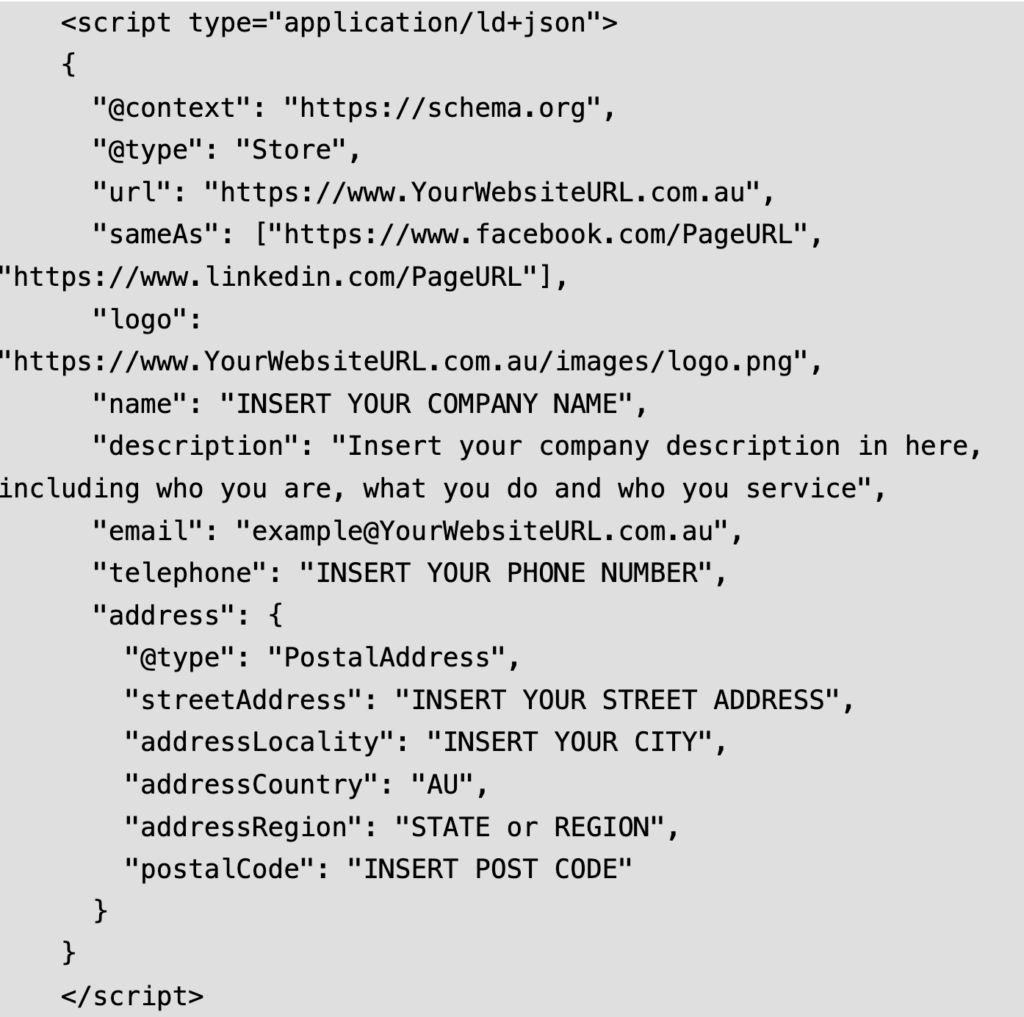This is not just another Shopify guide, we’re going to give you real life insights from SEOs who work on Shopify and who have been doing SEO for e-commerce stores for years now. We've worked with businesses pulling in millions on Shopify, and we've seen the same mistakes over and over again.
Most Shopify SEO advice online is either outdated or written by people who've never actually scaled a store. So let me give you the real story - what actually moves the needle when you're trying to grow an e-commerce business.
The Shopify Reality Nobody Talks About
The first thing you need to understand is that Shopify wasn't built for SEO nerds. It was built for e-commerce, from the ground up. That's actually good news for most people, but it means the blogging features and flexibility you might be used to from WordPress aren't as easy to work with.
I've had clients come to me frustrated because they can't get their Shopify store to do exactly what their WordPress developer friend told them it should do. Here's the thing - you don't need it to.
We work with stores doing serious volume - we're talking multi-million dollar businesses - and they're crushing it on Shopify. Shopify itself promotes the ability to ‘grow as big as you want’, with businesses like GymShark and Mattel using their platform. You just need to work with the platform, not against it.

Organisation Beats Optimisation Every Time
The biggest SEO mistake I see? Poor organisation. And I see this constantly.
Google is a machine. It's an algorithm, it's software, and it loves order. When people set up their Shopify stores, they get excited about how quick it is - literally one transaction, upload your products, and you're done. But that speed becomes a problem.
They just dump products everywhere without thinking about structure. No categories, or random categories that don't make sense. It's a mess.
Here's what I tell every client: think about how a human wants to shop. If they're looking for product A, don't just throw all your different products from different categories right there in their face. Let them go through a customer journey. Let them find the category, then the product that's related to that category, then the right one for them.
This isn't just good for users - Google understands this flow too.
Start With Money, Not Keywords
Every other SEO professional out there seems to start with keyword research.
For our clients, we always want to go: where's the money for you? That's the first priority. You’re not just doing SEO for the fun of it.
If there's a search volume for your products specifically, we want to look at what terms people use to find this exact product. That's your starting point.
Then you go up one level. On a category level, they don't know about your specific product, but what terms are they using to solve their problem?
Take one of our clients who sells boat propellers. People are already looking for "boat propellers" - but they don't even know this brand exists. SEO becomes a big part of that strategy because people are searching on a category level, not a product level.
I have another client who came up with a unique solution to a specific problem. Nobody's looking for that solution because they don’t know it exists. Everyone has the problem, but they're not searching for that product. For him, SEO isn't the priority - paid ads pushing the message onto people makes more sense.
So figure out: is there already demand for what you're selling? If yes, SEO matters. If not, maybe focus on other channels first.
The Collections URL Thing (That Doesn't Actually Matter)
Every Shopify SEO article freaks out about the /collections/ in URLs.

I've talked to Shopify support about this extensively. They don't like removing it. Some developers claim they can strip it out, but honestly? I have not seen it being a problem with ranking stuff.
In a perfect SEO world, sure, you'd remove it. You can do that with WooCommerce and other platforms. But it's not a deal breaker for me.
SEO is all about: if I can't do this, I just have to do more of that. Make your products way better, make your content way better, have better backlinks. You're still going to rank with an imperfect URL.
Duplicate Content Isn't the Boogeyman
Product variations create duplicate content. Every SEO guide treats this like it'll kill your rankings.
This might be controversial, but I'm not actually that worried about duplicate content on e-commerce stores. Google knows there's going to be variations - it's just part of how online stores work.
We've seen stores rank with multiple duplicate products, and Google just gets it. They're smart enough now. They know a small business isn't going to have 50,000 duplicate pages about their services - that would be a problem. But they know a big store is going to have hundreds of duplicate pages because of variations. That's just the nature of it.
If you’re worried, work with your developer on canonical directions. Sometimes it's about no-indexing things. But don't overthink it too much.
Schema Will Make Google's Job Easy (and Sometimes, They Rank What’s Easy)
Use schema markup. Just do it.

Don’t forget, Google is just a machine, an algorithm. Make it easy for Google to understand what your product is. Schema lets you tell them: here are the variations, here's how many people left reviews, here's the pricing.
If you do your schema right, all your reviews get pulled into the search results. And here's something I always ask clients: if there are two products, one in position one with no reviews, and one in position two with over 50 five-star reviews, which one are you clicking?
The second one, right? So schema actually helps click-through rate, and we know click-through rate is a ranking factor. Google looks at engagement.
Mine Your Reviews for Content Gold

The more reviews, the better. They build trust and authority, but there's marketing gold hidden in your reviews and Q&As.
These are the actual questions, frustrations, and stories of your customers. You want to encourage reviews, then leverage that information. Maybe do a supporting blog article answering the questions you see coming up repeatedly.
People's frustrations come out in reviews. You'll see: "I've been dealing with this for years, I can't believe it, thank you so much." Now you start to understand people's fears, frustrations, wants and needs. Use that data not just to make your pages stronger, but to create supporting content.
Product Pages That Get Clicks
Your title tag is super important because that's what gets someone to click.
Don't just try to get ‘relevance’ from what the tools tell you is relevant. Nail the product name - that's your relevance. Then give them something engaging that makes them click through on your result versus number two.
So if you're selling the Nimbus 2000 (stick with me here), people are going to type "Nimbus 2000." Then you do a dash and add something compelling: "Nimbus 2000 - Cheapest Option Available in 2025" or "Nimbus 2000 - Signed by Harry Potter."
Think like a marketer, not like an SEO. What's going to make someone choose your result?
Your description works the same way. Talk about why yours is better - faster shipping, better price, whatever your advantage is.
Link Building That Actually Works
If you've got a really good brand, people are going to talk about your brand online. We see this when people provide really good customer experience, when their product's awesome. Other websites include you in their comparison charts naturally.
That's why e-commerce SEO is actually pretty easy if you get the organisational stuff right and the technical basics. Backlinking isn't as critical because if you've got an awesome product, backlinking happens on its own.
But if you're brand new, focus on building your foundation first:
- Business directories and citations if you have a location
- Build out all your brand profiles - Facebook, Instagram, YouTube
- Actually operate them regularly
Then look at guest blog posts, outreach, helping reporters with quotes.
PRO TIP: Here's a really easy one most people miss - YouTube backlinks. Do a review of your product with your phone camera. Show people how to use it. Put that video on your product page, then upload it to YouTube with your full product URL in the description. That becomes a hyperlink pointing back to your page. While not the most powerful hyperlink, it still casts a vote.
Content Marketing (The Most Underutilised Strategy)
This is probably the most underutilised thing I see in e-commerce. People just rely on ranking for their brand and product names, but that's only one part of the bigger market.
Your total addressable market is massive. The way you tap into it with SEO is through content targeting people before they're looking for your specific product.
Don't just blog for the sake of blogging because someone said you need content. Every piece needs a purpose.
We like to jump on the phone with our clients' customers and ask: before you purchased this, what was going through your mind? Who were you talking to? What questions were you asking? What were your frustrations?
Here's one I always ask: was there another way you tried to solve this problem before this?
Say you're selling sunscreen. Maybe they tried using clothing, or aloe vera, or staying indoors. Now you can write about "Why clothing isn't as effective as sunscreen" - you're tapping into that early conversation.
Start with your customers, not keyword tools. You'll strike lightning much quicker because you're talking about stuff your market actually cares about.
Internal Linking: Keep It Simple
We have a rule: link up and down.
Product links to category page. If product A isn't related to product B, don't link them. Keep the structure clean.
If you've structured your site properly and done your interlinking right, pointing links to your category page flows down to all those product pages too. You get better bang for your buck.
Track What Actually Matters

The difference between a marketer and an SEO is that an SEO person will say rankings or traffic are the important metrics. But if we're working with an e-commerce client, we track sales.
That's what they're going to compare. We're paying this company this much each month, and we've made this much back. That determines whether they stick with us.
So it's sales first, then phone calls if you have a sales team, then form inquiries, then we step back into the SEO metrics like traffic and rankings.
But here's the thing - if someone finds you through an informational blog post that helps them solve a problem, they might come back later and buy through your shopping ads. If you've got tracking set up right, it'll attribute some of that sale to the content too.
The Continuous Game
What you see on Google for a specific keyword today probably won't be what you see in a year.
Google changes what they show based on user metrics. If a page optimized for XYZ doesn't get good signals, but the page underneath that's optimised for ABC gets all the engagement, more ABC-optimised pages will show up.
You've got to constantly check and update as intent changes. Always be testing, always be changing. If you're in position two and want position one, change your title tag to get more clicks. More click-through rate usually gets you that top spot.
Just Do the Basics Right
I know this might sound simple, but that's the biggest thing with e-commerce. Get your basics right, and then the other stuff flows.
I've seen too many people get lost in technical rabbit holes while missing the fundamental stuff. Organise your site properly. Target keywords that actually make money. Create content based on real customer conversations. Use schema markup. Get reviews and learn from them.
Everything else is honestly just noise.
Shopify has limitations, sure. But I've got clients doing serious volume on the platform. The key is working with it, not fighting against it. Focus on your customers, keep things organised, and don't get paralysed by perfect technical setups that don't actually move revenue.
